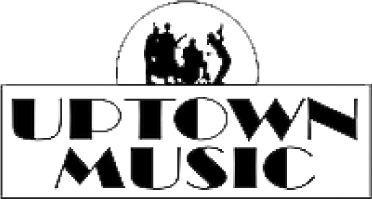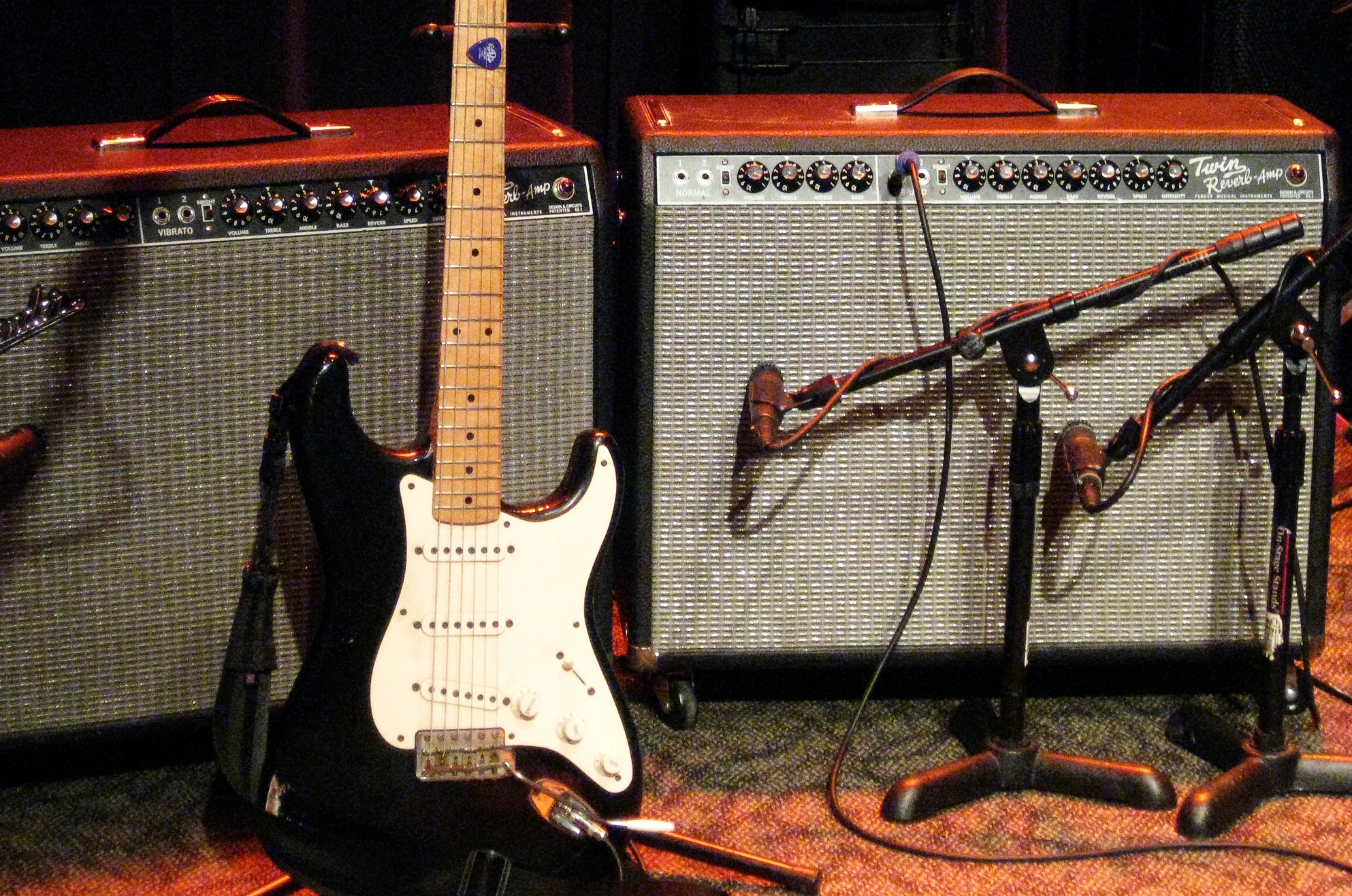LET'S FIND YOUR TONE!
By: Ian Borkowski
You have your guitar, you have your amp, and now you're trying to find the sounds of your favorite guitarists, songs, or the one that's in your head!
But how? What's the magic trick? Well, let's take this one step at a time and demystify the world of guitar tones.
First and formost, your guitar is going to have it's own natural sound or tone. The different woods used for the body, neck and fingerboard all have an impact on the tonailty of the instrument, not to mention the different types of pickups. Finding the right amplifier, or even just making adjustments on the amplifier you have, can make a significant impact on your tone.
PRO HINT #1: The same guitar and the same amplifier, all with the same settings, will sound different in the hands of different players!
Do you have an amplifier? Do you not have an amplifier? What's an amplifier?
Before we can get to finding your tone, we need to understand a little more about guitar amplifiers. Amps can be as different and varied as guitars themselves. The two most common types are tube amps and solid-state amps. While they both do the same thing (amplifying your guitar) they use different technology and as a result, have a different sound.
PRO HINT #2: A tube amplifier is to a vinyl record as a solid-state amplifier is to a mp3.
Tube amplifiers have a “warmth” which is often described as a more natural sound. There may even be some “imperfections” to it. Tube amplifiers tend to have a smoother low to mid-range frequency response.
Solid-state amplifiers have more presence and “clarity” which is often considered to be a brighter sound, emphasizing treble frequencies. More often than not, solid-state amps will also have built-in modualtion, delay, and distortion effects.
Just as guitars, not all amplifiers are created equal. Tube amps, including Fender, Vox, Blackstar, and Bugera, may all be tube-based, but they all have their own characteristics because of their circuitry. The same can be said for solid-state amps, including Quilter, Roland, Blackstar, and Fender.
But that's not all! There are also “hybrid” amplifiers that combine the stability of solid-state power with added warmth from a tube in the preamp position. And guess what? They are all just as different in what they offer and how they sound.
PRO HINT #3: A brand or type of amplifier is not genre or style specific.
Are you a country picker? Then a Fender Twin is perfect for you! Maybe you're a blues bender? Plug in to a Fender Hot Rod Deluxe! Wait, jazz is your scene? You must be jamming through a Roland JC-120. Maybe metal is your muse? Ah, it's gotta be a Randall RG100.
All of those statements are rooted in tradition, but they are also presumptions about tone.
While they have been found to be tried and true recipes, many legendary guitarists have played through amplifiers that defy conventional wisdom and general presumptions.
For example, blues guitarist Albert King established his massive tone by playing through solid-state Acoustic brand amps as well as the Roland JC-120. And lately, a variety of metal guitarists have gravitated towards Eddie Van Halen's signature tube amp. What this all means is one size (or amp) does not fit all!
Plugging in to different amps with your guitar will net different tones, guaranteed!
PRO HINT #4: Finding and establishing your tone is like making a soup.
As we have discovered, the process of building your tone is like using your own personal recipe to make your world famous soup! Your guitar and your amp are your broth, your EQ and effects are the seasonings that make it taste good. Except it's tasty to your ears, rather than your mouth.
Generally speaking, guitar amplifiers are going to have knobs or controls for the following: Master Volume, Volume, Gain, Bass frequencies, Mid(dle) frequencies, and Treble frequencies.
Depending on the circuitry and overall design of the amp, you may have a Volume and Master Volume, a Gain and Volume, or all of the above. Furthermore, some models are a single channel amp, and some are two or even three channel amps.
Generally, gain adds more saturation to your signal, which is what can give your sound varying levels of distortion. The Volume knob controls the amount of sound coming from your amplifier. Should you have a Master Volume knob, that takes over as the main control for your output, and the Volume knob works as a control for it's channel.
Now here comes the fun part... EQ!
A solid and reliable format for establishing a starting point is by setting your Bass, Mid, and Treble frequencies at 12 o'clock, or directly in the center. From this point, you can add and remove the frequencies that you want or do not want to hear. But it's important to adjust all of the controls, as they all work together.
Of course, this isn't where the quest for tone ends! You may find the sound you are looking for right off the bat, or it may take some time. Remember, as you grow as a musician, your tastes may change. The sounds, styles, and tones you like now may not be what you liked a year ago, or will like a year from now. And that's ok! That's all part of learning about your gear and about yourself as a musician. But when starting out, it's always a good idea to find a guitar and amp that will get you down the road quite a bit, rather than something you could outgrow or exceed quickly.
There are many additional things to explore on your road to tone-ville. From effects pedals to electric guitar pickups, different tools can be utilized to bring you closer to your ultimate tone!
Searching for more information? Call us: 503.393.4437. Or you can use the instrument research request link below. An Uptown Music amplication expert will research and get back to you with options.


